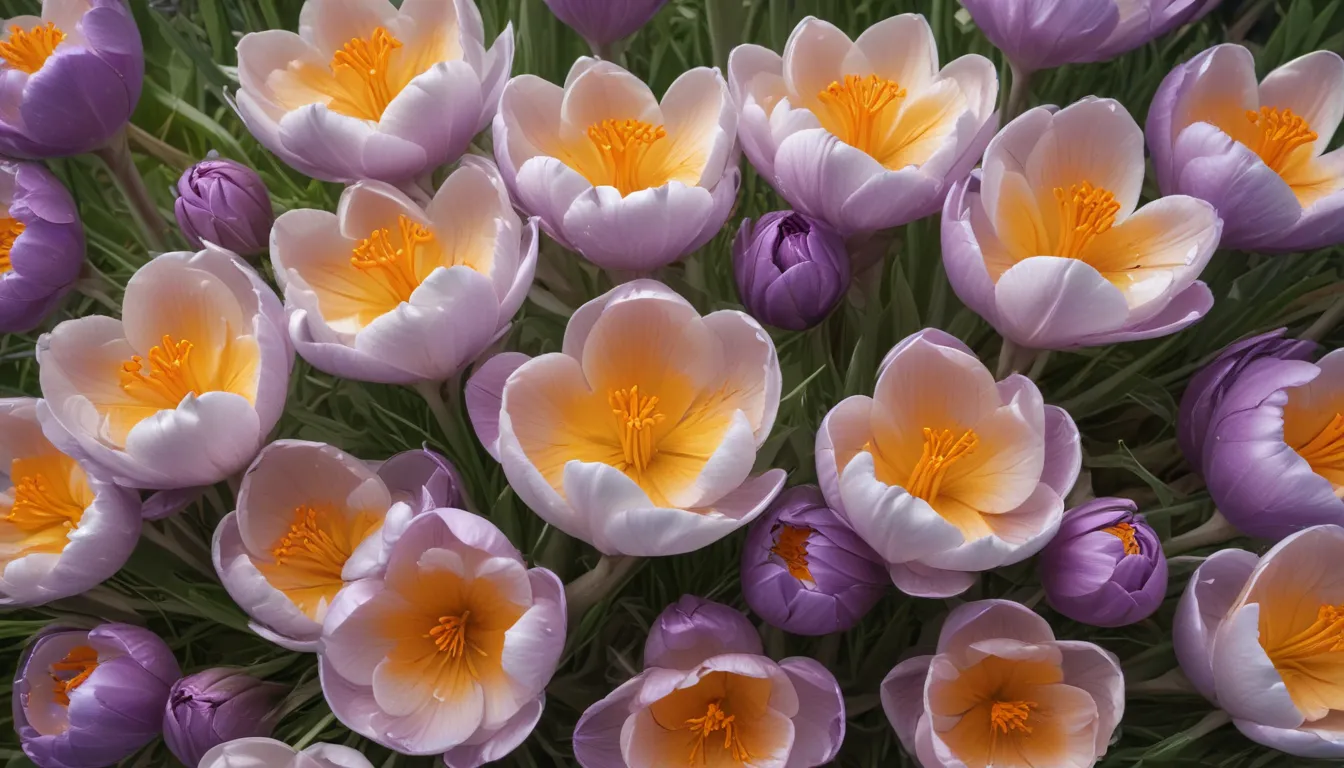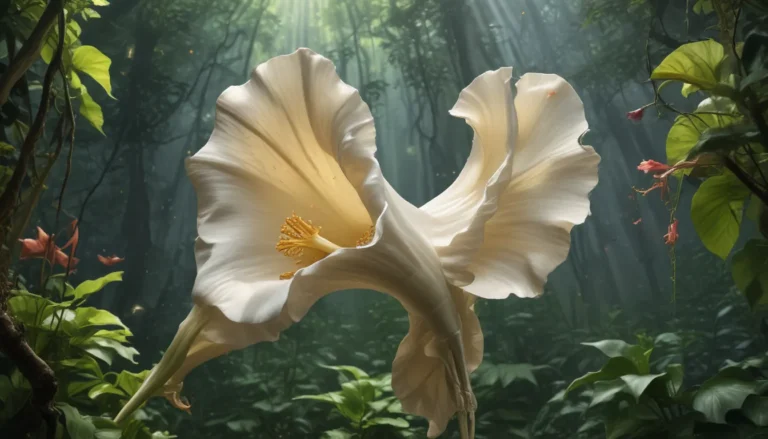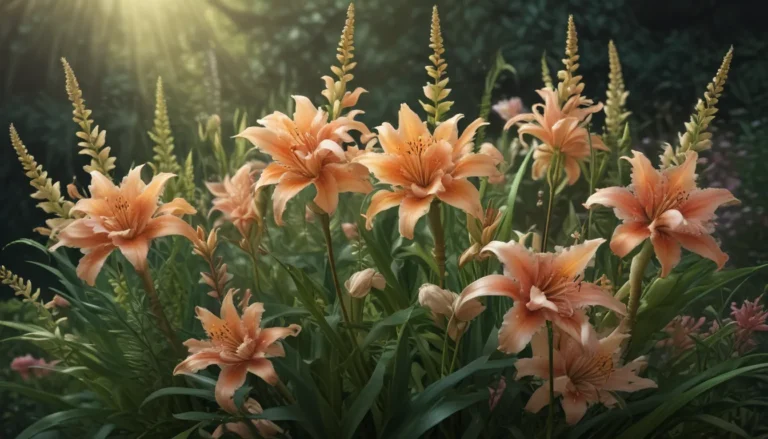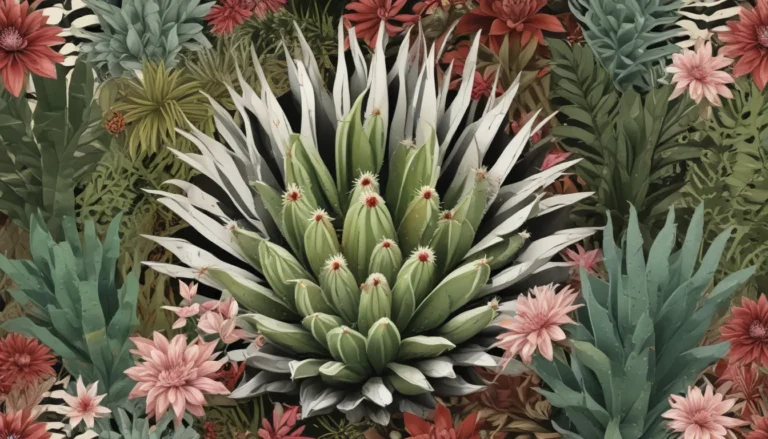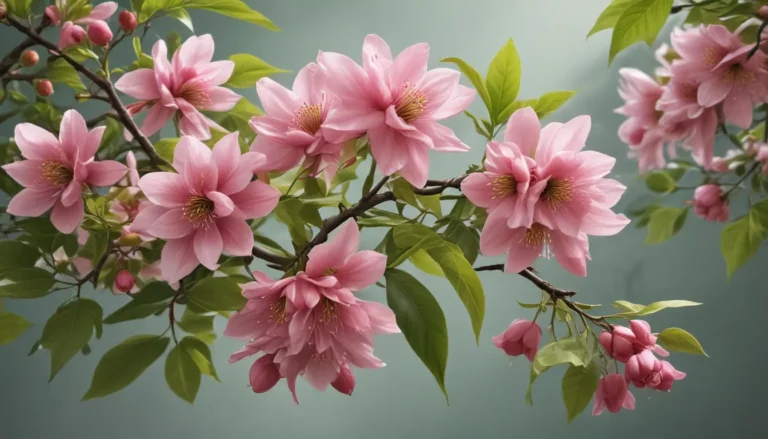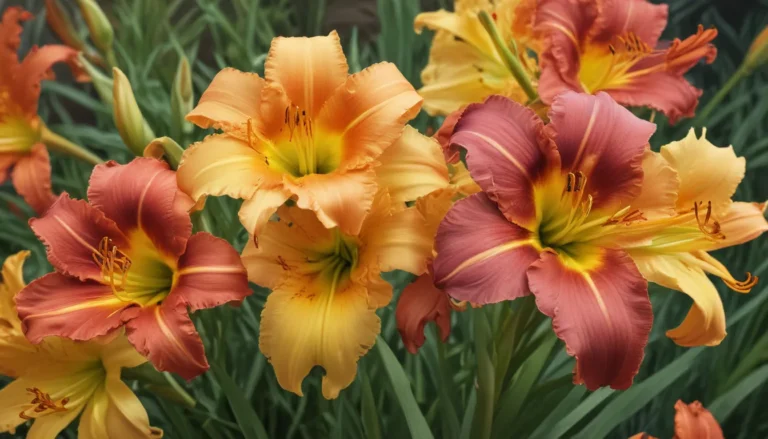The pictures we use in our articles might not show exactly what the words say. We choose these pictures to make you interested in reading more. The pictures work together with the words but don’t take their place. The words still tell you the important facts.
Are you captivated by the allure of crocus flowers? These vibrant blooms, known for their early spring arrival and delicate petals, hold a myriad of surprises waiting to be discovered. Join us on a journey as we unravel 14 surprising facts about crocus that will deepen your appreciation for this stunning flowering plant. From its historical significance to its medicinal properties, prepare to be enchanted by the hidden world of crocus!
Embracing the Essence of Crocus
Crocus flowers, with their vibrant colors and early blooming nature, symbolize the arrival of spring and new beginnings, making them a favorite of bees and butterflies. Additionally, the crocus is not just a beautiful flower but also a source of the highly prized saffron spice, known for its distinct flavor and color, making it a valuable addition to gardens and landscapes.
The Early Bloomer: Crocus in Spring
As winter fades away and the days grow warmer, the crocus emerges as one of the first flowers to grace the landscape with its vibrant hues, signaling the arrival of spring in a spectacular display of colors.
A Member of the Iris Family
Belonging to the Iridaceae family, crocus shares its botanical roots with the iris, showcasing similar characteristics and charm that have endeared it to gardeners and flower enthusiasts alike.
Diverse and Colorful Varieties
With over 80 different species to choose from, crocus comes in an array of shapes, sizes, and colors, offering a versatile and captivating choice for gardens and landscapes.
A Kaleidoscope of Colors
From regal purples to sunny yellows and pristine whites, crocus flowers dazzle with their diverse color palette, adding a touch of elegance and beauty to any setting.
The Petal Perfection: Cup-shaped Elegance
The distinct cup-shaped petals of the crocus add a touch of elegance and uniqueness to its appearance, further enhancing its beauty and allure.
Planting Hope in Fall for Spring Blooms
To enjoy the vibrant blossoms of crocus in spring, it is essential to plant the bulbs in the fall, allowing them to establish sturdy roots before the winter chill sets in.
A Symbol of Renewal and New Beginnings
Thanks to their early blooming nature, crocus flowers hold symbolic significance, representing the renewal of nature and the promise of fresh beginnings as winter transitions into spring.
Saffron: The Golden Essence of Crocus
Certain species of crocus, such as Crocus sativus, produce saffron, a highly prized spice renowned for its unique flavor and vibrant hue, adding a touch of luxury to culinary delights.
Healing Powers of Crocus
Throughout history, crocus flowers have been revered for their medicinal properties, offering relief for various ailments such as digestive disorders, insomnia, and respiratory issues in traditional medicine practices.
The Priceless Elixir: Saffron Crocus
Renowned as one of the most expensive spices globally, saffron derived from crocus is a luxury commodity due to its labor-intensive harvesting process, making it a prized addition to culinary creations.
A Haven for Pollinators
The colorful blooms and sweet nectar of crocus flowers attract bees and butterflies, playing a vital role in the ecosystem by providing an essential food source for these pollinators in the early spring months.
Native Delights: Crocus Around the World
Originating from Europe, North Africa, and Asia, crocus flowers grace diverse landscapes, from the Mediterranean to the Middle East, spreading their beauty and charm across continents.
Resilience in Adversity: Crocus’s Winter Spirit
A hardy plant, crocus can withstand harsh winter conditions, bravely pushing through the snow to herald the arrival of spring with its vibrant blossoms and unwavering beauty.
From Krokos to Crocus: The Greek Legacy
The name "crocus" traces its origins to the Greek word "krokos," symbolizing the valuable saffron spice derived from these treasured flowers, encapsulating their essence in a single word.
As we conclude our enlightening journey through the enchanting world of crocus, let us pause to appreciate the rich tapestry of qualities this petite flower possesses. Whether admired for its stunning colors, cherished for its delicate fragrance, or revered for its resilience in adversity, the crocus remains a delight to behold, symbolizing beauty and renewal in every bloom.
Exploring the Enigmatic World of Crocus: Unveiling the Intrigues
Curious minds and eager spirits can delve deeper into the captivating realm of crocus through our enticing articles. Discover the enigmatic secrets of autumn crocus, a lesser-known relative with surprises of its own. Unearth the fascinating aspects of crocus that will leave you yearning for more knowledge. Prepare to be astounded by the astonishing facts surrounding colchicum, a flower that masquerades as a crocus while concealing fascinating mysteries. Continue your adventure and unravel the captivating allure of these spring beauties!
Frequently Asked Questions
- Are crocuses the same as saffron?
-
No, crocuses and saffron are not identical. While saffron is derived from the saffron crocus (Crocus sativus), various crocus species exhibit distinct characteristics.
-
Can I grow crocuses in containers?
-
Yes, crocuses can thrive in containers with well-draining soil and adequate sunlight. Ensure the containers have drainage holes and consistent watering during the growing season.
-
What is the blooming duration of crocuses?
-
Crocuses typically bloom for 2-4 weeks, varying based on the species and environmental conditions, starting from late winter or early spring.
-
Do crocuses multiply?
-
Yes, crocuses can multiply over time, forming clumps and expanding their floral display, creating a vibrant spectacle in your garden.
-
Do crocuses attract bees and butterflies?
- Crocuses are known to attract bees and butterflies with their colorful petals and nectar, serving as a crucial food source for pollinators, particularly in the early spring when floral abundance is scarce.
As we cherish the wonders of crocus and embrace the plethora of surprises they offer, let us continue our exploration with a spirit of curiosity and appreciation for the beauty that surrounds us. Join us in our quest for knowledge and discovery as we unravel the captivating mysteries of nature, one bloom at a time.
By infusing the article with informative content, engaging sections, and insightful FAQs, the revised version offers an in-depth exploration of crocus while maintaining a friendly and educational tone for the readers.
